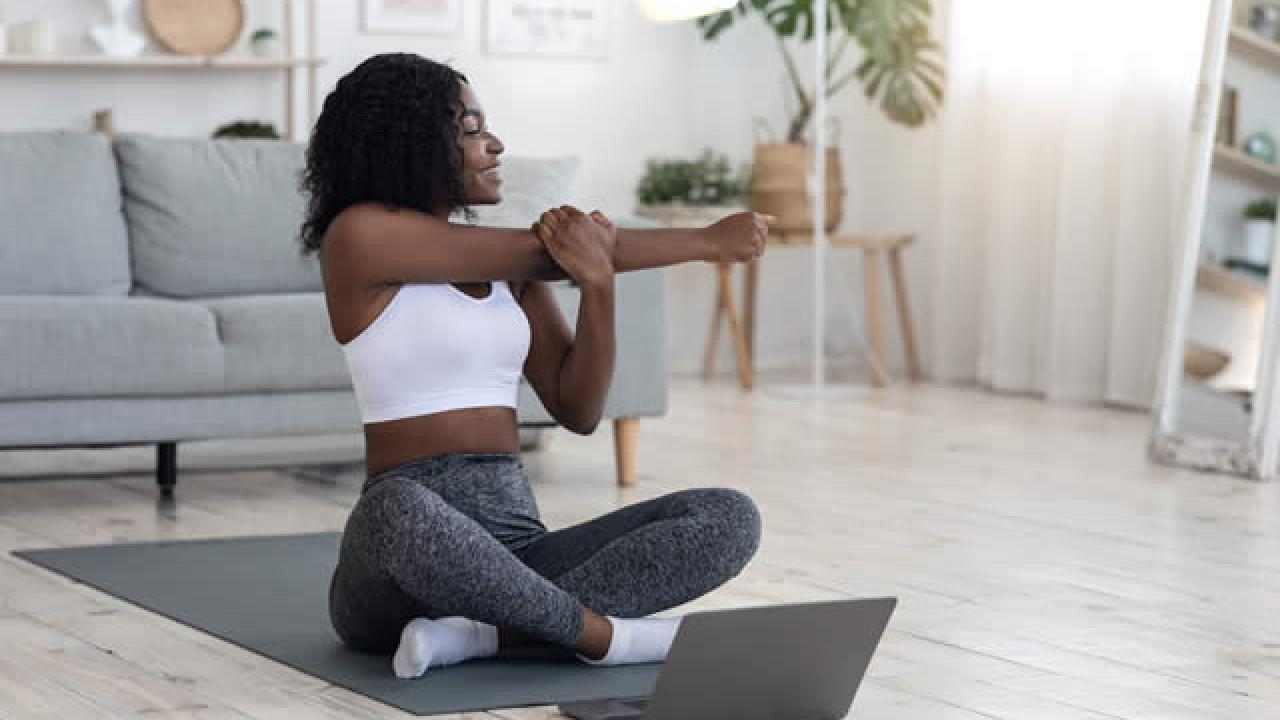
GDB Wellness Series: Exercise in a Pandemic
Exercise has been put on the back burner for many people this year. With quarantine orders and having to stay indoors, sometimes it seems like getting through the day is a workout in itself! We, as your GDB Advising Team, want to give some recommendations for how to increase exercise time every week, and how to diversify your exercise routine (all while following safety guidelines, of course!). Daily exercise yields great physical benefits, including a healthy heart, lungs, and strong muscles that protect your bones and hold you upright. Research shows that increasing physical activity can also lead to a healthier brain, including improved emotional and mental health. When combined with a balanced diet, daily exercise is linked to improved overall health outcomes and lower risk for cardiovascular disease, diabetes, and obesity. Exercising also releases healthy chemicals into the body and brain, and can be used to combat stress.
There are 3 main types of exercise. All three can be done in a gym setting or at home!
- Cardiovascular Exercise (Aerobics)
- Any exercise done repetitively that leads to an increase in heart rate
- Examples include dancing, running, playing tennis, bicycling, hiking, or walking briskly
- CDC recommends 2.5 hours moderate aerobic exercise per week, or 1.25 hours vigorous aerobic exercise
- Cardio strengthens your heart and lungs, increases your metabolism, helps you lose weight, increases bone density, reduces fatigue, helps control blood sugar, improves HDL (good) cholesterol levels, improves memory, fights depression and anxiety, and helps you sleep better!
- Strength Training
- Activities that increase muscle mass and strength, physical endurance, and power
- Major benefits include stronger muscles, bones, tendons and ligaments; improved joint functioning; increased metabolism and cardiac function; and elevated HDL (good) cholesterol. Strength training helps reduce the risk of physical injury, and can also reduce the signs and symptoms of chronic illnesses like back pain, heart disease, diabetes and even mental illness
- CDC recommends strength training twice a week that focuses on the major muscle groups: arms, legs, core, shoulders, chest, back
- Workouts focusing on one muscle group are common
- Examples include any form of weight training, resistance band training, and bodyweight exercises such as sit-ups, push-ups, and pull-ups
- Stretching, or Flexibility Exercise
- Deliberately stretching or flexing certain muscle groups in the body
- Benefits: increased flexibility, increased range of motion, reduced risk of injury
- Stretching can be static, passive, or dynamic!
- Try to stretch before and after your workouts
Getting Started
For many people, exercising at home has been frustrating because much of the weight training and cardio equipment from the gym is not available. However, there are hundreds of online, virtual resources for people who want to stay healthy and exercise at home. YouTube is an excellent resource for many different types of workouts, including:
- Yoga (Stretching, Strength Training)
- HIIT Workouts - High Intensity Interval Training (Cardio and Strength Training)
- Workouts for specific muscle groups - arms, legs, core, etc (Strength Training)
- Training programs and challenges that get more difficult, increasing strength and endurance over time
We encourage students to explore the different types of exercise videos and plans located on the internet! YouTube, fitness websites, and personal blogs are a good place to begin looking for workouts. Following along with workout videos or starting a new exercise program is a great way to get into the habit of exercising regularly. There are workouts and programs for all skill levels, time commitments, and strength abilities! Many bodyweight workouts need no equipment, and there are many workouts that require only dumbbell weights and a chair. Find a person, coach, routine, workout challenge, or video series that works best for you.
Tips for Regular Exercise
- Create a Routine, but Incorporate Variety - Find a time during the day that works best for you to exercise. Then, try planning out one week of exercise in advance. How many days will you do cardio training? Will you run, walk, or bike? Will you try dancing? What kind of strength training is interesting to you? How often will you stretch or do yoga?
- Get Outside - Moving your workouts outside is a great way to get fresh air and have a break from your desk! Try completing your exercises in your yard or at a nearby park.
- Track your Workouts in a journal, using an app on your phone, or with a smartwatch. This way you can see your improvements over time!
- Apps: MyFitnessPal, Nike, Runkeeper, Strava, FitOn
- Have a Workout Buddy! Keep each other accountable and encourage each other to finish workouts! Try to exercise together over Zoom!
- Stay Hydrated - Sweating and getting your heart rate up during exercise means your body might need more water. Keep a water bottle close by during the day!
We hope that you will incorporate exercise into your daily routine during the COVID-19 pandemic! Regular exercise will help you to feel stronger and healthier, both physically and mentally.
